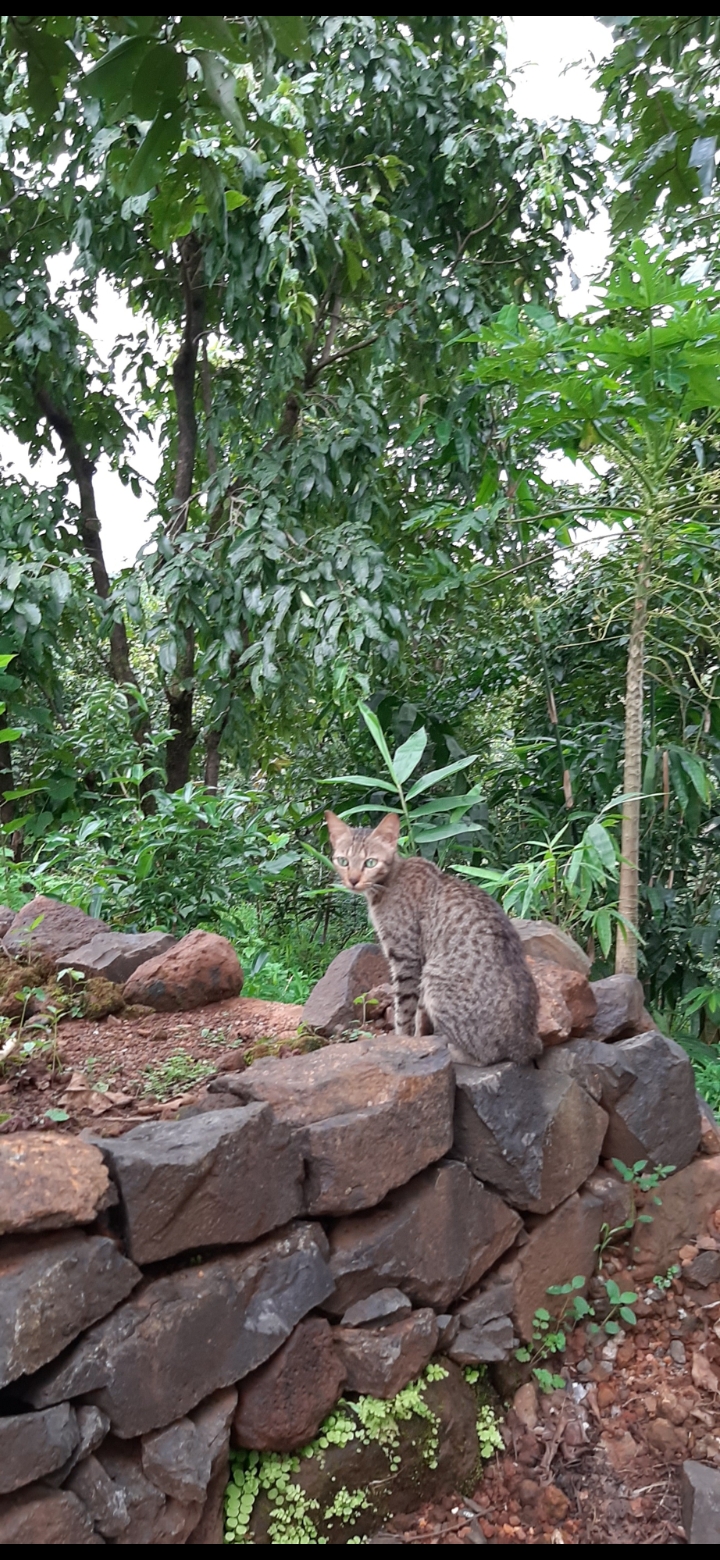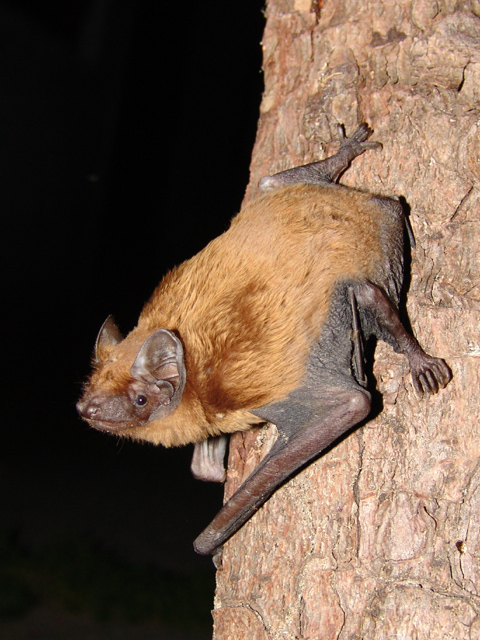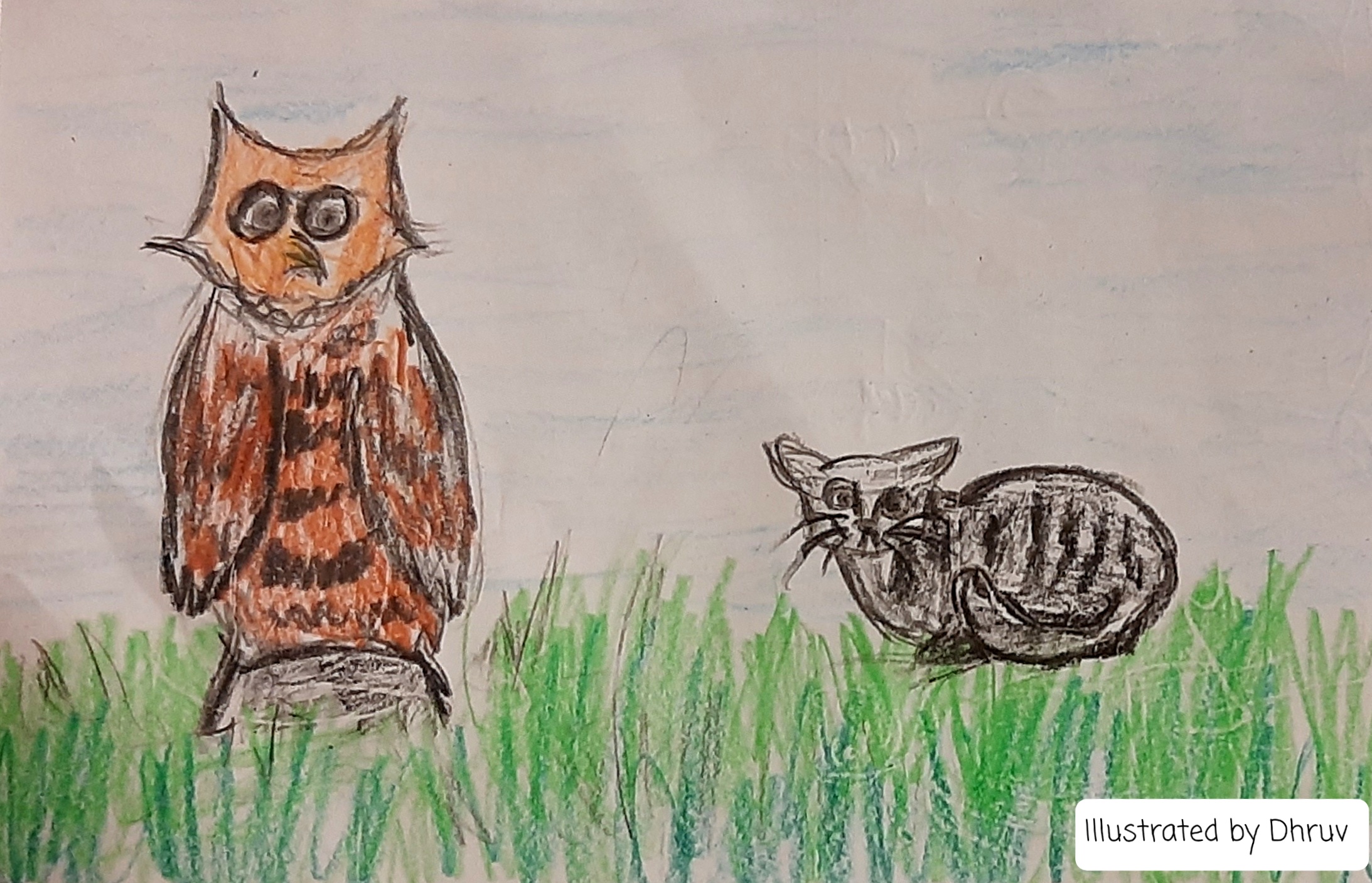Your cart is currently empty!
poem
-
Bamboo, in Architecture

A really amazing material for future architecture.
-
The Grumpy Cat

A visiting farm cat…
-
Meerkat

The meerkat or suricate is a small mongoose found in southern Africa. Meerkats are highly social, and form packs of two to 30 individuals each that occupy home ranges around 5 km² (1.9 sq mi) in area. they are insectivorous.
-
Noctule

The common noctule is a species of insectivorous bat common throughout Europe, Asia, and North Africa. Common noctule bats mainly eat beetles, moths and winged ants.
-
The Silly Poem

Just a silly poem…
-
White-Bellied Drongo

The white-bellied drongo is a species of drongo found across the Indian Subcontinent. Although primarily insectivorous they are opportunistic and are known to prey on small birds. These birds are extremely territorial and aggressive.
-
Haast’s Eagle

Haast’s eagle is an extinct species of eagle that once lived in the South Island of New Zealand. It was the largest eagle known to have existed, with an estimated weight of 15 kilograms (33 lb), compared to the 9 kg (20 lb) harpy eagle. The Haast’s eagle preyed on large, flightless bird species, including the moa, which was up to fifteen times the weight of the…
-
African Bush Elephant

It is a herbivore, feeding on grasses, creepers, herbs, leaves, and bark. Young bulls gradually separate from the family unit when they are between 10 and 19 years old. They range alone for some time or form all-male groups. Endangered.
-
Red Backed Hawk

The Red Backed Hawk is a polymorphic species of bird of prey in the family Accipitridae. It is widespread and often common in open habitats in western and southern South America. They prey on almost any small to medium-sized animals that can be caught, but smallish mammals comprise more than 90% of prey.